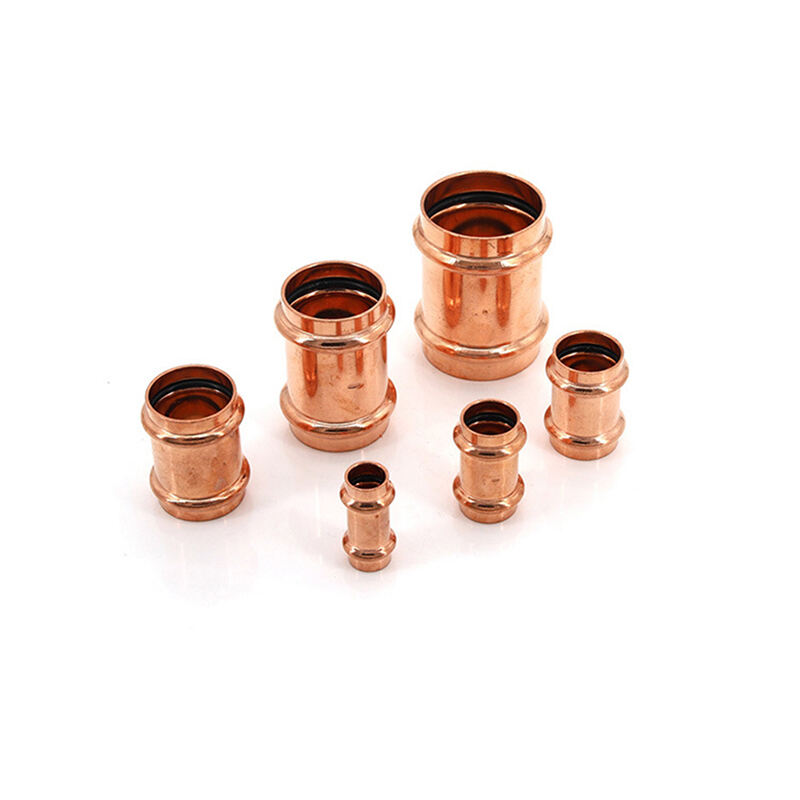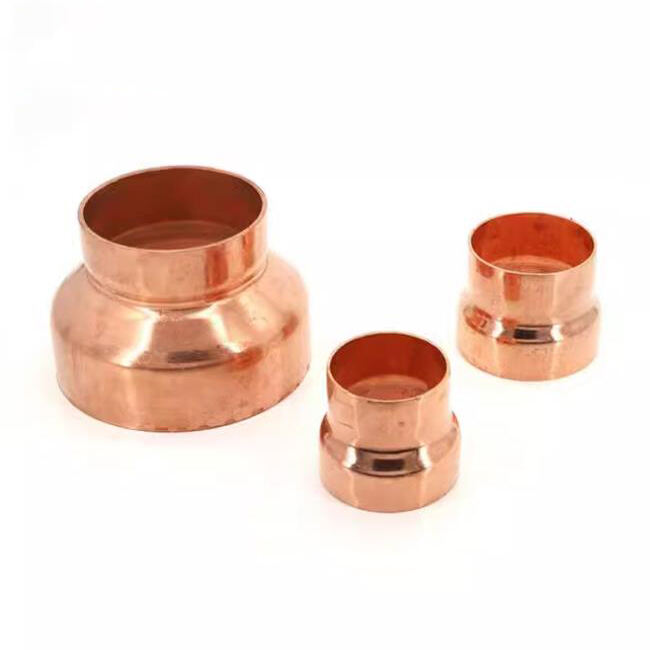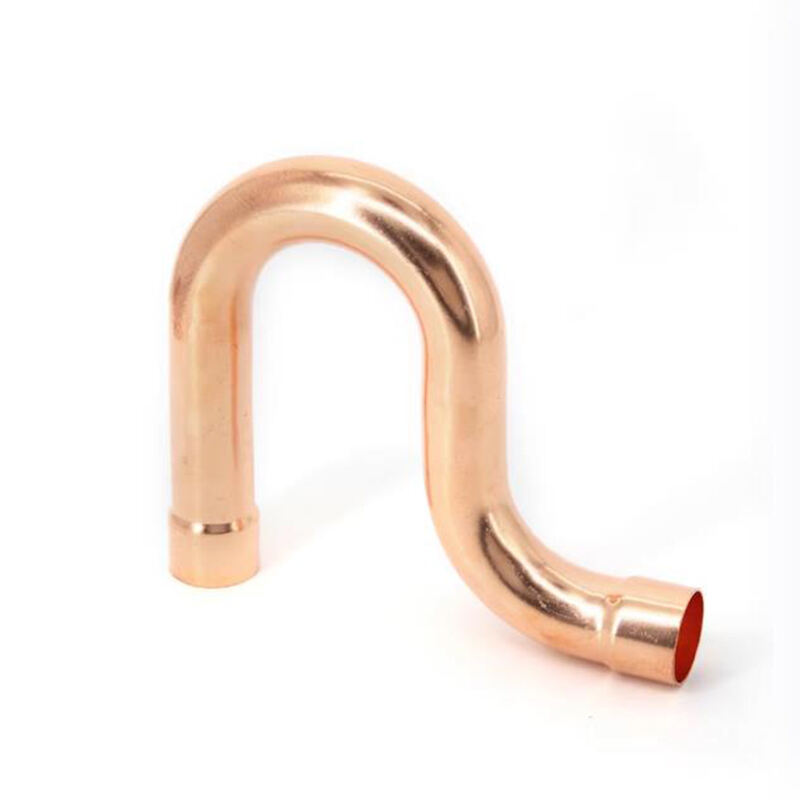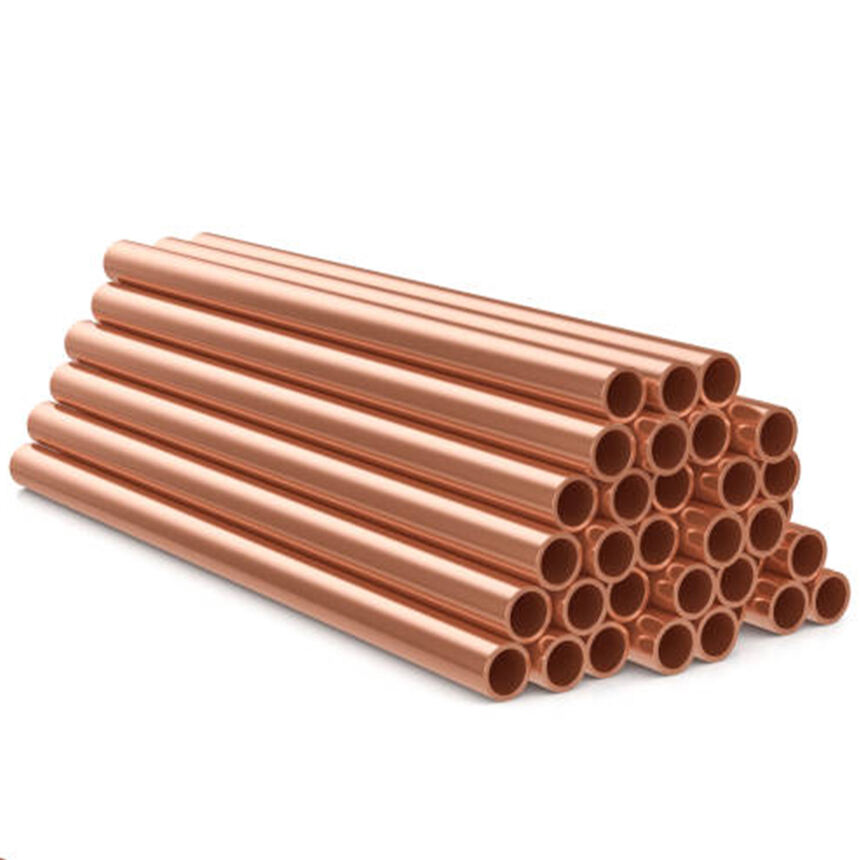Addressing Air Pipe Leaks and Their Solutions
Leaks in air piping are a common yet costly problem that compromise system efficiency and stability. Addressing these leaks involves understanding their causes, employing effective detection methods, and utilizing appropriate sealing techniques with brass fittings for enhanced durability and performance.
Common Causes of Compressed Air Leaks
Air leaks in compressed systems come from all sorts of different problems, each one making industrial operations less efficient. Bad installation work stands out as a big problem area. When things aren't sealed properly or cheap fittings get used, lots of valuable compressed air just escapes. Old equipment also plays a role here. As time goes on, those metal joints and pipe connections start to wear down naturally, creating small but persistent leaks. Then there's the damage factor too. Sometimes machinery gets bumped or dropped during maintenance, which creates new leak points nobody expected. Temperature changes throughout the day can be surprisingly damaging too. Materials expand when hot and shrink when cold, gradually breaking down seals until they fail completely. Getting familiar with these various causes helps plant managers tackle air loss problems before they become major headaches for production lines.
Effective Detection Methods for Hidden Leaks
Finding those sneaky hidden leaks in compressed air systems isn't easy since they tend to stay out of sight. Ultrasonic detectors work wonders here, picking up on those high pitch sounds that our ears just can't hear when air escapes from tiny cracks or joints. These devices basically listen for the telltale hiss of compressed air getting away. Thermal imaging comes in handy too, showing up temperature changes that point directly to where air might be leaking through insulation or seals. Another good trick is running pressure drop tests regularly, which helps spot trouble spots as pressure levels change across different parts of the system. Regular checkups are absolutely essential though, because catching these issues early saves money and keeps everything running smoothly without unexpected breakdowns.
Sealing Techniques Using Brass Fittings
Brass fittings get a lot of love in industrial settings because they stand up well against corrosion, which makes them great choices for sealing those high pressure air lines we all deal with. What really works in their favor is how sturdy they are combined with good old fashioned techniques like getting the threads right and wrapping some PTFE tape around connections properly. Nobody wants surprises down the line, so checking these fittings regularly every few months goes a long way toward catching small leaks before they turn into major headaches. And let's talk about torque specs for a second – getting this wrong can ruin both the fitting and whatever it connects to. When everything gets put together correctly though, brass fittings do wonders for keeping air systems running smoothly while protecting expensive equipment from premature wear caused by constant leakage problems.
Impact of Incorrect Pipe Sizing
When pipes aren't sized correctly, they often create big pressure drops across the system. These drops really cut down on how well everything works while driving up those energy bills at the same time. Getting the proper diameter right matters a lot because pipes that are either too small or way too large just don't perform well. Looking at pressure levels closely helps figure out what size makes sense for each part of the system, cutting down on those annoying pressure losses. Checking air systems regularly makes sense too since there might be spots where the pipe sizes don't match what's needed. Finding these issues early means making changes before problems get worse and systems start underperforming.
Optimizing Layout to Reduce Friction Loss
Getting the air pipe layout right makes all the difference when it comes to cutting down on friction losses. The best approach is going straight ahead most of the time since this minimizes turbulence and keeps the air moving smoothly without causing those annoying pressure drops everyone hates. Fewer fittings and bends mean better airflow too. When picking materials for the pipes, copper stands out because its inside surface is so smooth that it really cuts back on friction compared to other options. Some companies also use computer simulations these days to map out how air will actually move through different layouts before installation. While this sounds great on paper, getting accurate results takes experience and sometimes multiple tries until everything works just right for maximum efficiency across the whole system.
Minimizing Elbows with Copper Pipe Systems
Copper piping gets a lot of praise because it handles air flow pretty well without needing as many turns and bends in the setup. When installers cut back on those elbows, they save money on materials and also reduce pressure loss across the whole system. Good planning right from the start matters a lot when laying out paths that need fewer direction changes. Some newer fittings on the market actually help remove extra elbows without compromising how the system works, which makes everything run better in the long run. These improvements translate to real world benefits for both budget and performance.
Copper vs. Steel: Durability Comparison
For air piping applications, copper tends to stand out compared to steel because it doesn't corrode easily and holds up better against various environmental conditions. Looking at how these materials perform over time shows copper typically lasts much longer than steel before needing replacement, which cuts down on maintenance expenses. Sure, steel looks cheaper upfront, but it requires extra coatings to prevent rust formation, adding to the total cost eventually. The decision between copper and steel really depends on where the installation will be located. Humidity levels matter a lot, along with temperature fluctuations in different regions. Taking all these factors into account helps ensure whatever material gets chosen will last longer without breaking the bank down the road.
Combating Moisture-Induced Corrosion
Water vapor inside air pipelines leads to serious corrosion problems, particularly when dealing with metal pipes made from steel. That's why most facilities install moisture traps as part of their system design. Good drainage is another must have solution for getting rid of built up moisture over time. Some companies also add corrosion inhibitors to their systems which acts like a protective shield against water damage. Checking the pipes regularly makes all the difference too. Spotting small rust spots or damp areas early means fixing them before they become major headaches down the road. Keeping up with regular maintenance really pays off in the long run though. Pipelines last longer and work better when we stay on top of these moisture issues instead of letting them sneak up unnoticed.
Using Brass Plumbing Fittings for Longevity
Brass fittings are known for being tough stuff, especially where rust is a problem. That's why so many people go for them when they want something that will last years instead of months. Lead free brass has become really popular lately because building codes now require it in most places. Plumbers have to stick to these rules, but there's also just common sense behind wanting safer materials in our homes. If installed right and given some basic care every now and then, brass fittings can keep working great for decades without needing replacement. When shopping around, look for quality brass products from reputable manufacturers. These tend to hold up better under pressure situations which makes all the difference in residential and commercial plumbing systems alike. Speaking of alternatives, copper fittings continue to gain traction among installers looking for optimal solutions in modern construction projects.
Copper V-Press Fitting Tee Connector
What really sets the Copper V-Press Fitting Tee Connector apart is how fast it installs compared to traditional methods, cutting down on setup time dramatically. The design creates a solid connection that won't leak, something plumbers know is essential when working with air pipes throughout a building. Because of its small footprint, this connector fits into cramped areas where bigger fittings just wouldn't work, so installers can get the job done even in awkward spots. Plus, these fittings play nice with most existing systems, giving facility managers a good way to modernize older infrastructure without replacing everything at once. Many technicians have found that switching to copper V-Press fittings makes air piping projects much smoother from start to finish.
Copper Welding Fitting Full Crossover
Copper Welding Fittings Full Crossovers are built to really boost airflow while cutting down on those annoying pressure losses that happen in most system setups. The way these fittings are welded gives them serious strength, so they can take on high pressure situations without breaking a sweat, which means they work great even when things get tough. When installed in complicated pipe networks, these crossover fittings act as solid connection points where several pipes meet up. Manufacturers run regular tests on these fittings to check how well they perform over time, and what we find is pretty impressive for copper welding products. After months of real world use, they still hold up against corrosion and maintain their structural integrity, making them a smart choice for anyone dealing with complex plumbing needs.
Copper V-Press Fitting Street 90 Elbow
This particular fitting plays a key role in making those tricky corner connections work smoothly while keeping the airflow flowing properly through the whole system. The V-Press tech used on these elbows lets installers get them set up fast without worrying about weak joints, which matters a lot when dealing with complex pipe arrangements. When working with standard 90 degree street elbows, there's just less resistance overall, so air moves through even in cramped spaces where space is at a premium. Since they fit right in with all the other copper fittings out there, these components help create plumbing systems that actually function well in practice. That compatibility factor alone makes copper V-Press elbows stand out from alternatives in many different installation situations across commercial and residential projects alike.









